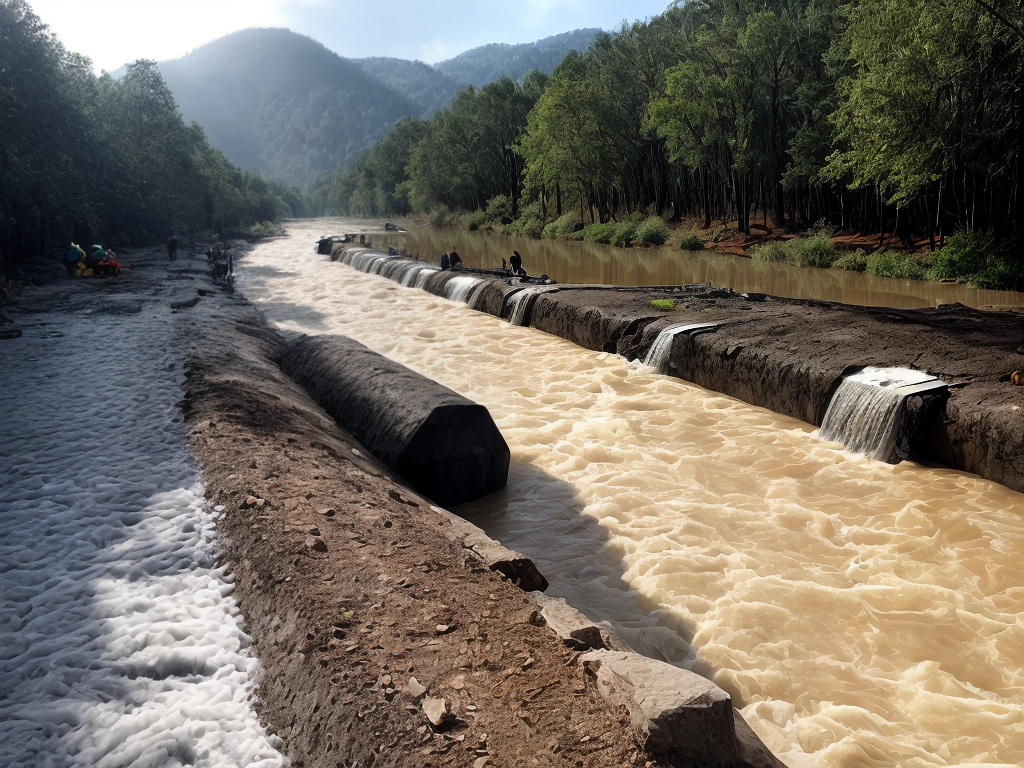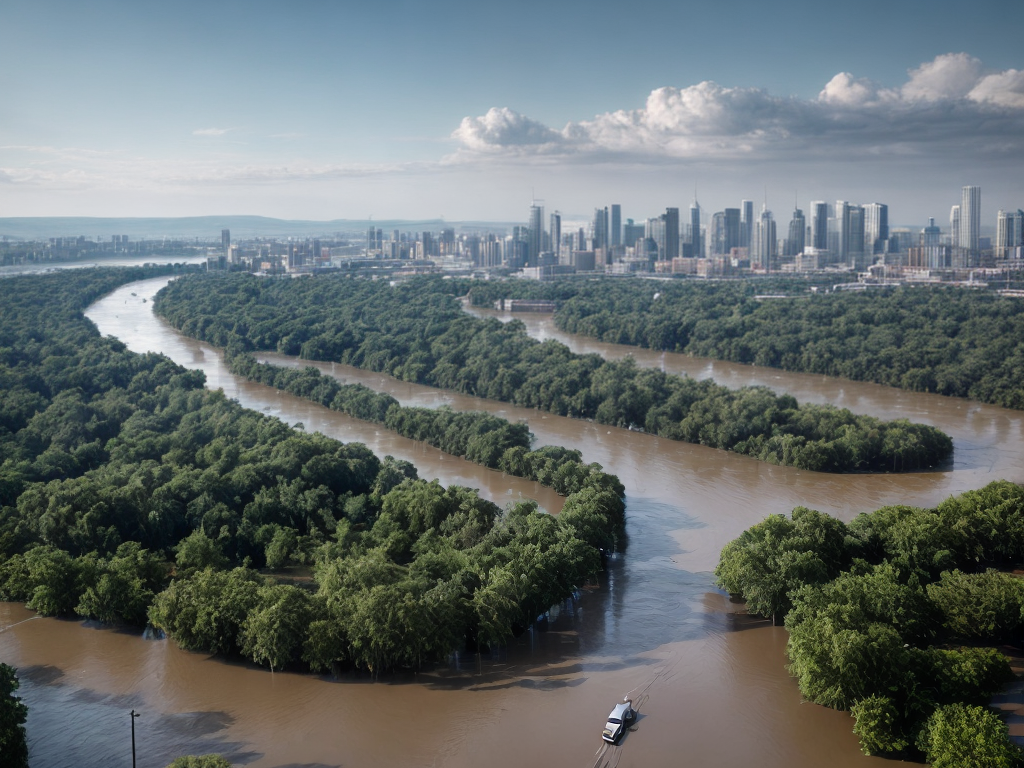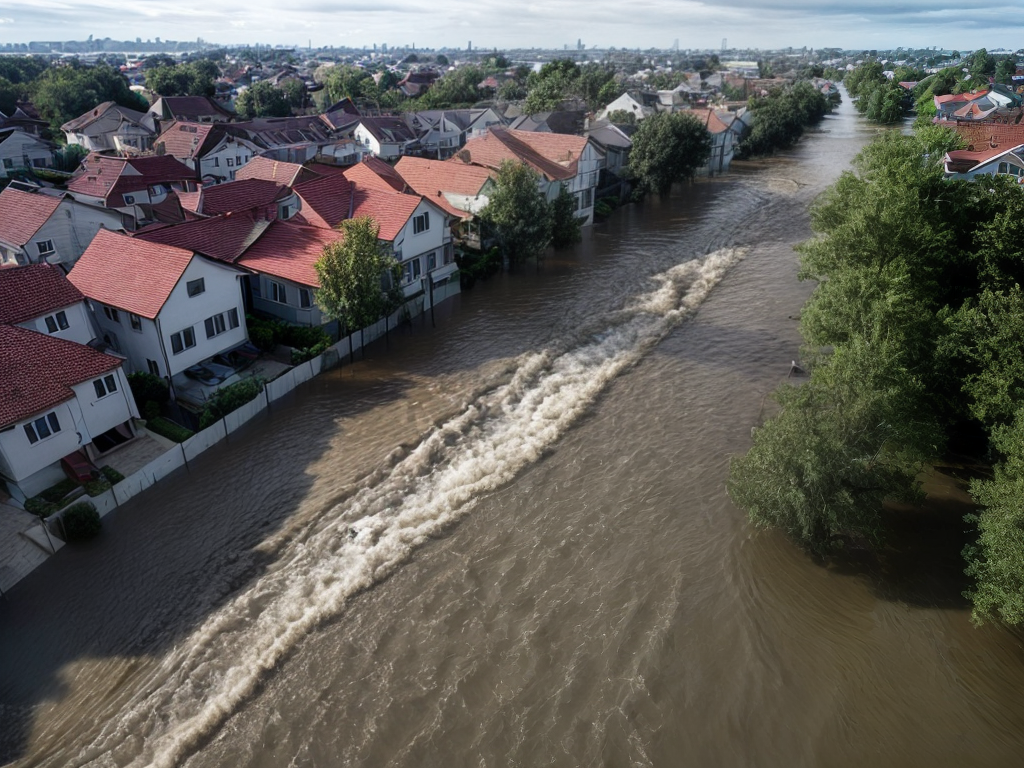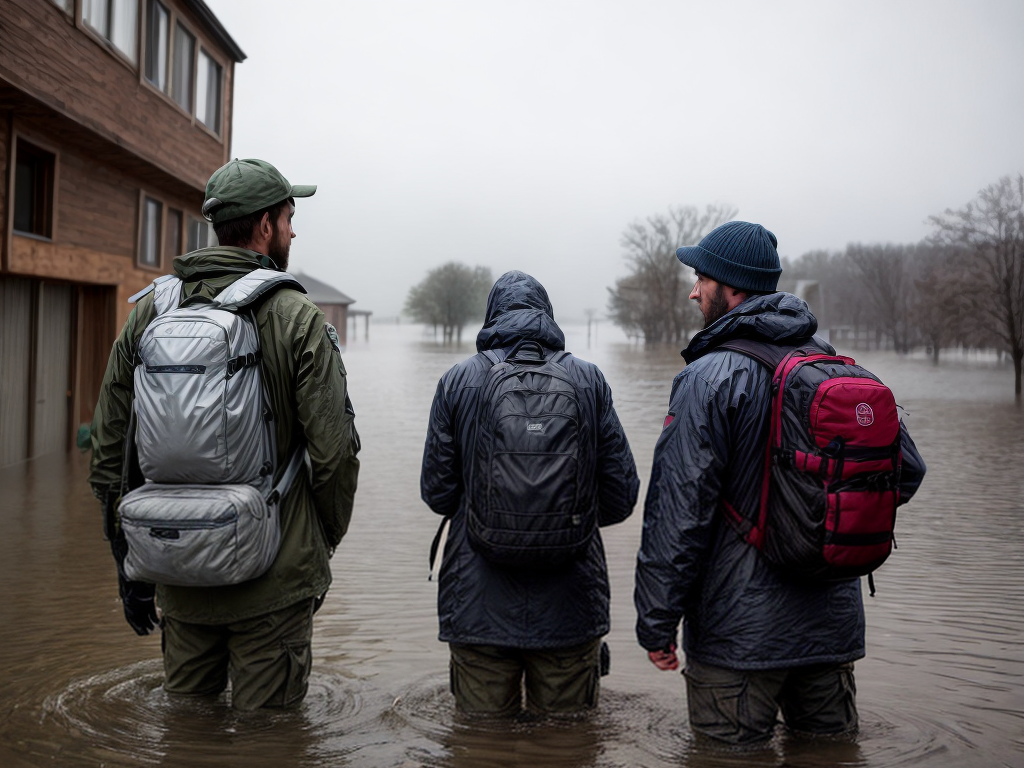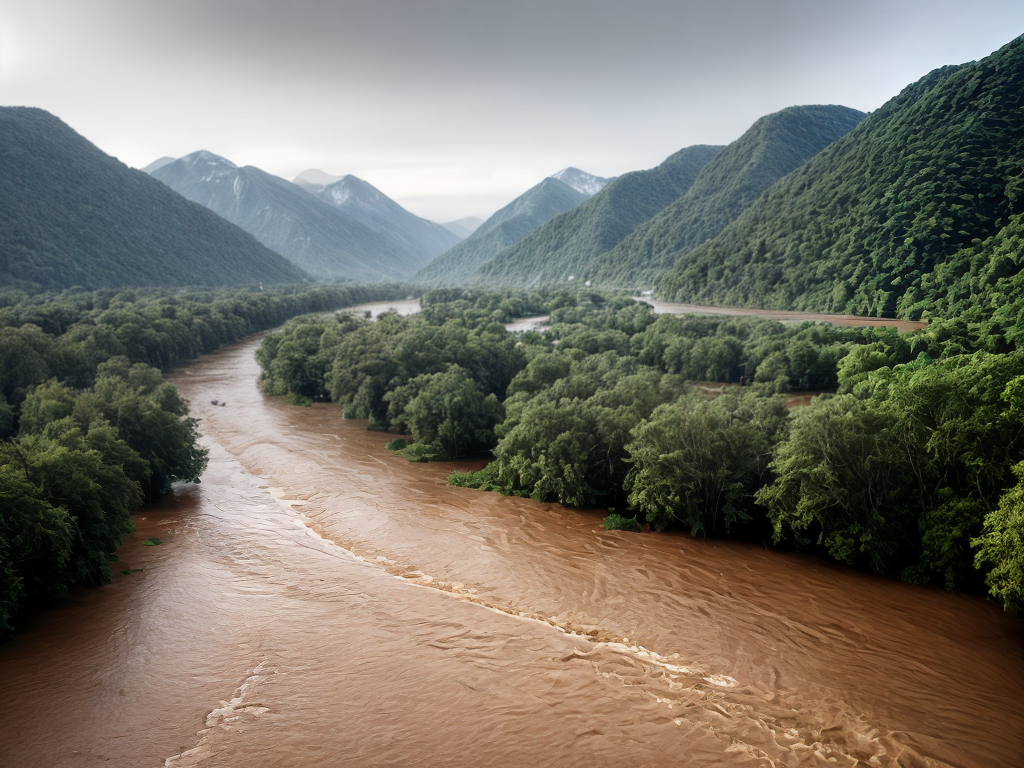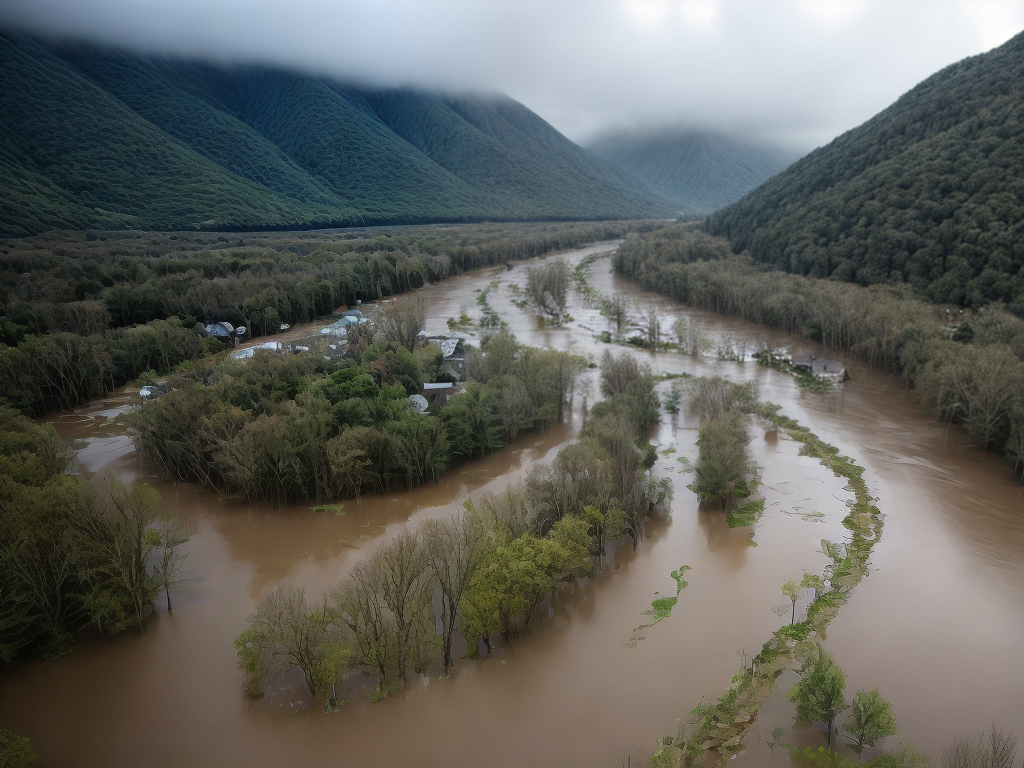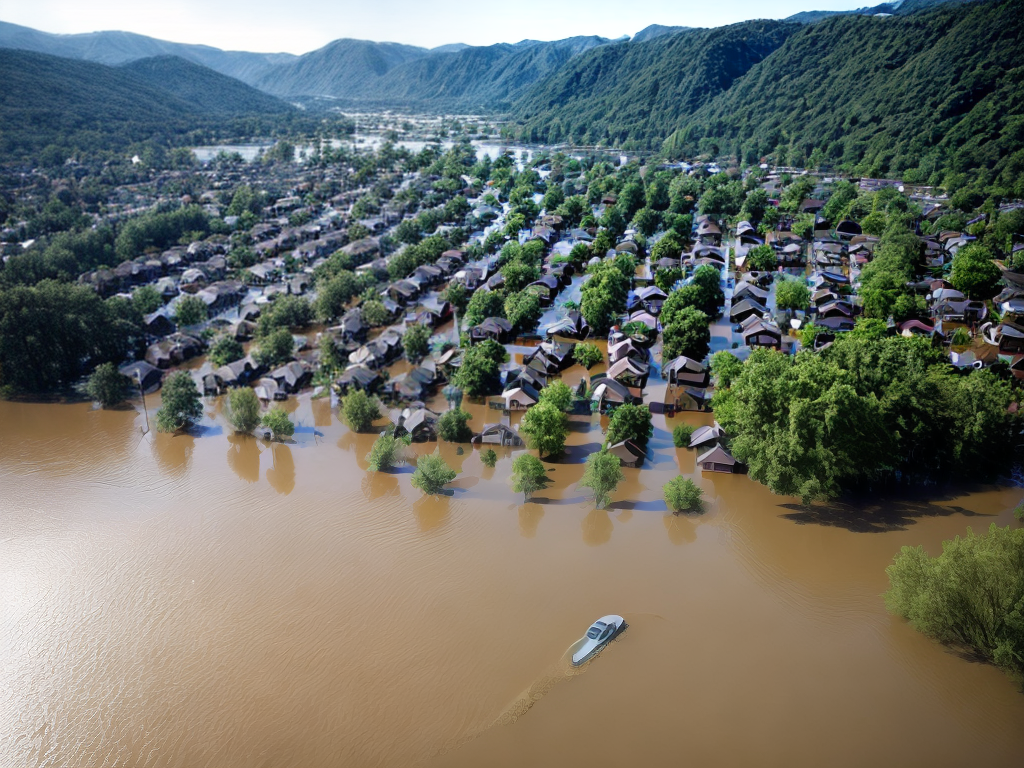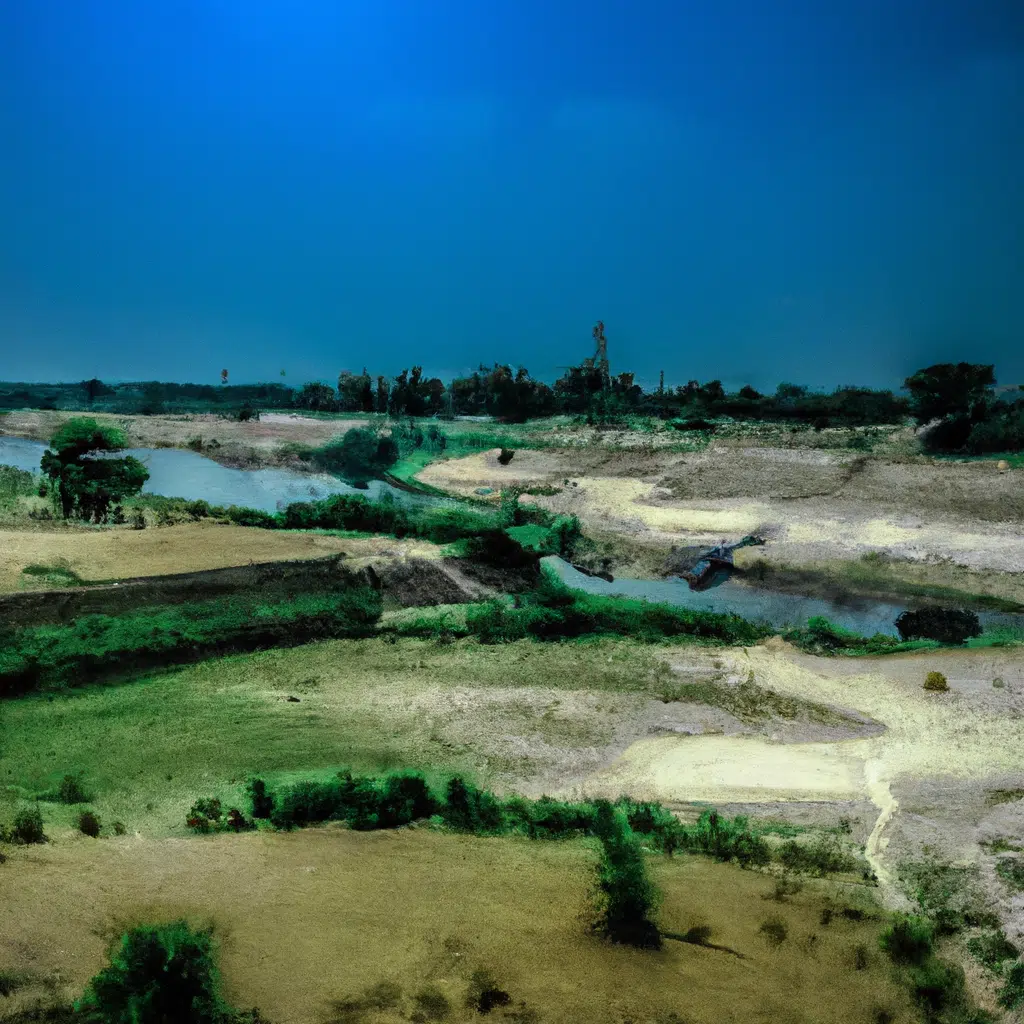
In recent years, the world has witnessed an alarming increase in the frequency and intensity of devastating floods. These natural disasters wreak havoc on communities, causing loss of life, destruction of infrastructure, and immense economic damage. Traditional flood prediction methods have proven to be inadequate in dealing with these challenges, leading to the need for more advanced and accurate techniques. Enter Artificial Intelligence (AI), the secret weapon in the fight against river overflow.
The Power of AI in Flood Prediction
AI, with its ability to analyze vast amounts of data, has revolutionized the field of flood prediction. By leveraging machine learning algorithms, AI can identify patterns and trends in historical data that humans may overlook. This enables AI systems to make accurate predictions about river overflow and provide crucial lead time for authorities to take preventive measures.
Machine Learning Algorithms in Action
Machine learning algorithms play a crucial role in AI’s ability to predict river overflow. These algorithms are trained using historical data on river levels, rainfall patterns, soil moisture, and other relevant factors. Through a process of continuous learning, AI models become increasingly accurate in forecasting future flood events.
The Importance of Real-Time Data
To ensure the effectiveness of AI-based flood prediction systems, real-time data is of paramount importance. Advanced sensors and monitoring devices placed strategically along rivers collect data on water levels, rainfall intensity, and other relevant parameters. This data is then fed into AI models, which constantly update their predictions based on the latest information.
AI’s Advantages over Traditional Methods
Enhanced Accuracy and Precision
One of the major advantages of AI-based flood prediction is its superior accuracy and precision compared to traditional methods. While traditional methods rely on historical data and manual analysis, AI can process vast amounts of data in real-time, leading to more reliable and timely predictions. This enables authorities to take proactive measures to mitigate the impact of potential floods.
Early Warning Systems
AI can provide early warning systems that alert authorities and communities about the possibility of river overflow. By analyzing real-time data and continuously updating predictions, AI can issue timely alerts, allowing for the orderly evacuation of vulnerable areas and the deployment of resources to minimize damage.
Adaptive and Dynamic Models
AI models are adaptive and dynamic, meaning they can continuously learn and improve their predictions based on new data. This flexibility allows the system to adjust to changing environmental conditions, such as sudden changes in rainfall patterns or river behavior. As a result, AI-based flood prediction systems can provide accurate forecasts even in rapidly evolving situations.
Overcoming Challenges
While AI shows great promise in flood prediction, there are several challenges that need to be overcome to fully harness its potential.
Data Availability and Quality
The success of AI models relies heavily on the availability and quality of data. Ensuring a robust data collection network, including reliable sensors and monitoring devices, is crucial. Additionally, efforts should be made to standardize data formats and improve data sharing among different organizations and agencies involved in flood management.
Interpretability and Explainability
AI models often operate as black boxes, making it difficult to understand how they arrive at their predictions. This lack of interpretability and explainability can be a barrier to widespread adoption. Efforts should be made to develop techniques that make AI models more transparent and provide insights into their decision-making process.
Integration with Existing Systems
To fully leverage the power of AI in flood prediction, integration with existing systems and processes is essential. This requires collaboration among different stakeholders, including government agencies, research institutions, and technology providers. By working together, these entities can ensure seamless integration and maximize the benefits of AI-based flood prediction.
Conclusion
AI’s ability to predict river overflow and prevent devastating floods is a game-changer in the field of flood management. By leveraging machine learning algorithms and real-time data, AI systems can provide accurate and timely predictions, enabling authorities to take proactive measures and protect communities at risk. Although challenges exist, continued research and collaboration can overcome these hurdles, making AI the ultimate secret weapon in the fight against floods. Let us embrace the power of AI and work towards a future with safer and more resilient communities.

